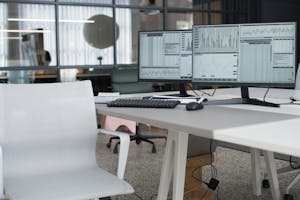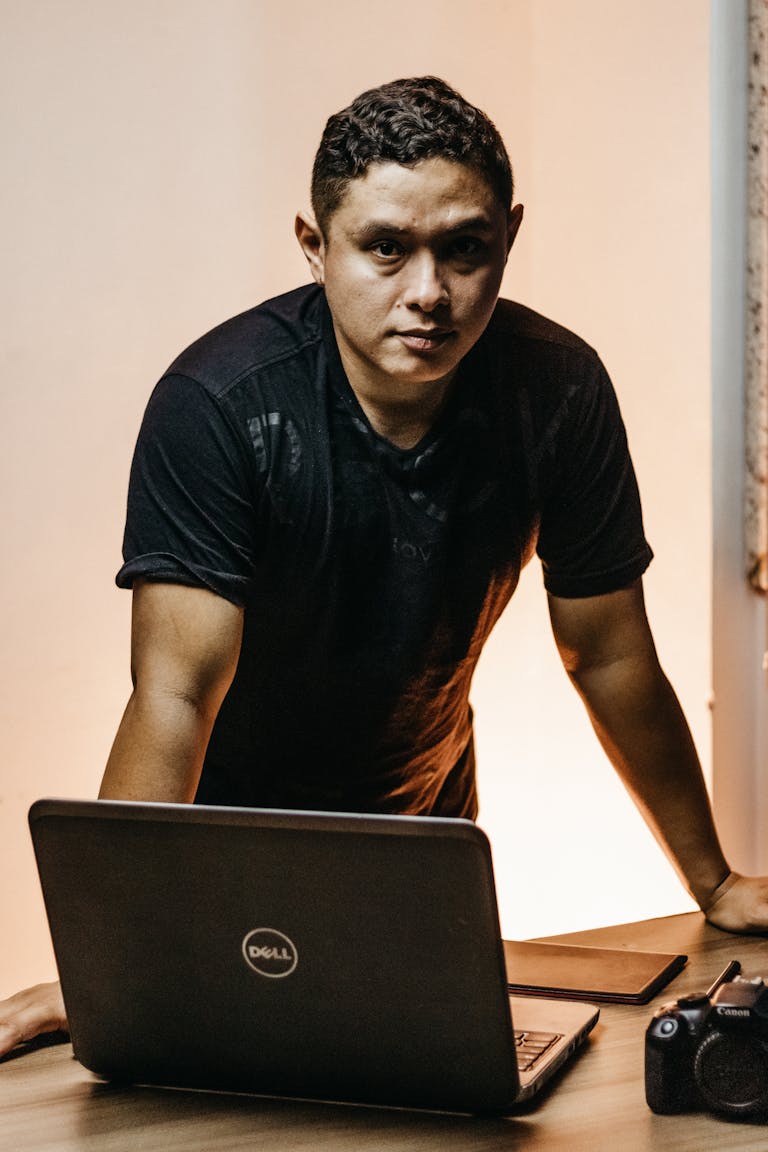Introduction
Working from home can feel like freedom—or chaos—depending on your workspace. If your “office” is the couch or kitchen table, chances are your focus and efficiency are suffering. A well-designed home office isn’t a luxury—it’s a productivity multiplier. Let’s explore how to build one that actually works for you.

1. Choose the Right Location
Pick a dedicated space—ideally with a door—away from high-traffic areas. Natural light is a bonus, but good airflow, privacy, and quiet are musts.
2. Invest in Ergonomic Furniture
Comfort is productivity’s secret weapon. Prioritize:
- Ergonomic chair (adjustable height and lumbar support)
- Standing desk or adjustable desk
- Monitor risers or laptop stands to reduce neck strain
3. Optimize Lighting
- Use natural light whenever possible
- Add a desk lamp with warm LED lighting
- Avoid harsh overhead lights or screen glare
4. Declutter and Organize
A cluttered desk reflects a cluttered mind. Try:
- Minimal items on the desktop
- Cable organizers
- Wall shelves or drawers
- Hidden storage for supplies
5. Set Up a Focus-Friendly Environment
- Noise-cancelling headphones
- Calming decor or plants
- Whiteboard or corkboard for visual planning
- Use background music or ambient noise apps if it helps
6. Tech Essentials to Improve Efficiency
- High-speed internet
- Quality webcam and mic for meetings
- Wireless keyboard and mouse
- Dual monitors for multitasking
- Surge protector with USB ports
7. Create Psychological Boundaries
- Keep work hours consistent
- Avoid working in bed or on the couch
- Dress for work—even at home
- Have a “shutdown” routine to end the day
Q1: What’s the most important part of a productive home office?
A quiet, dedicated space with ergonomic furniture is key.
Q2: Can I make a productive setup in a small space?
Absolutely—focus on vertical storage and multipurpose furniture.
Q3: How much should I spend on a home office setup?
Start small. Essentials like a good chair and lighting can cost under $200.
Q4: What colors are best for home office walls?
Soft blues, greens, or neutrals promote focus and calm.
Your home office shapes your daily performance. Take time this week to optimize it—starting with just one upgrade. A better workspace leads to better results.

I’m EKBAL HOSSAIN MONDAL, the creator of SmartSolveTips.com — a blog dedicated to helping people improve productivity, avoid digital burnout, and live better online. With years of hands-on experience in self-development and digital wellness, I write practical tips and tools to help you stay focused and thrive in a fast-paced digital world.






